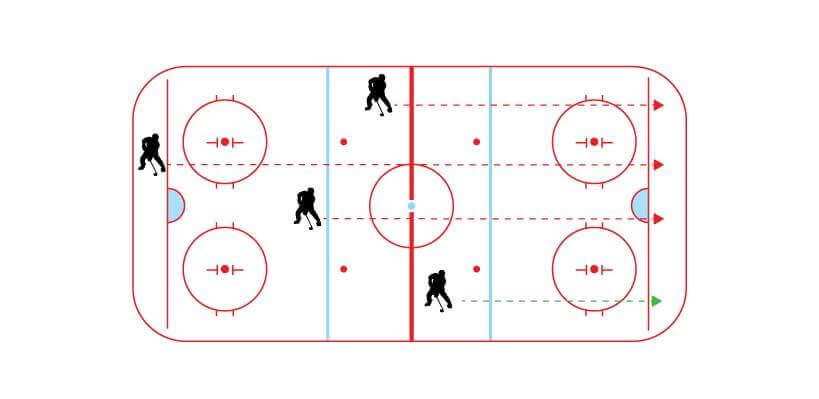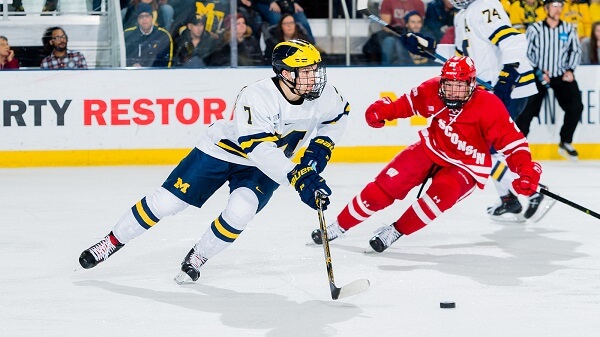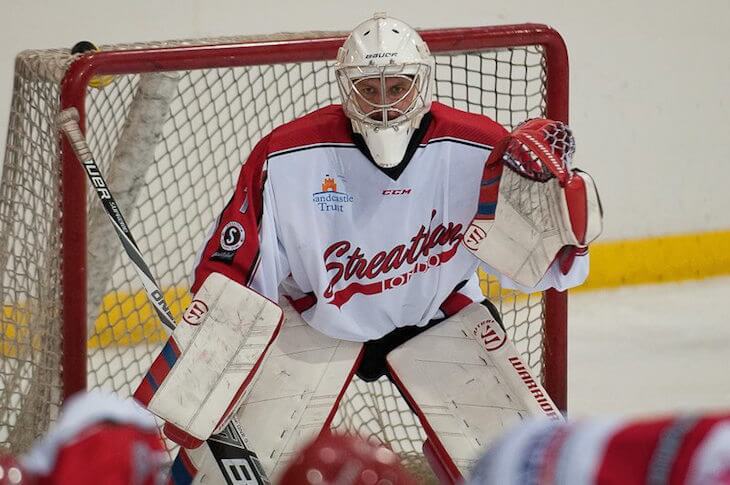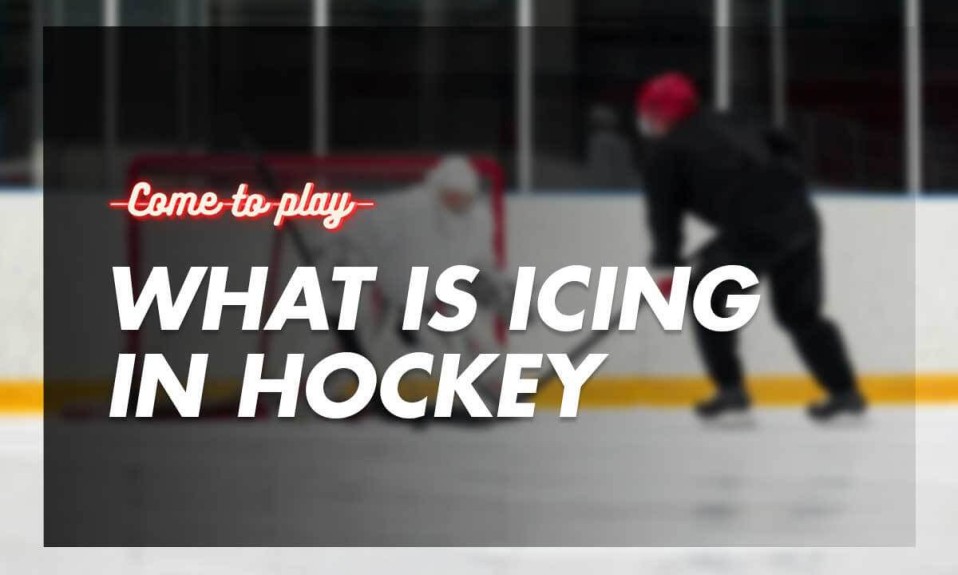Any sport is easy to follow once you learn its rules. That’s also the case with one of the most popular British sports – Ice Hockey!
How well do you know the hockey rules? Do you know what is icing in hockey?
If not, stick around and learn the definition of icing in hockey, the icing hockey rules, its elements, and more.
What Is Icing in Hockey?

Icing in hockey is an infraction assigned to the player shooting a puck (over the centre red line) across the ice and past the opposing team’s goal line.
And most importantly, the puck shouldn’t be touched by either team’s players.
Consequently, this action by the player, i.e., touching the puck, will create a conflict in the other team’s defensive zone.
Even so, it still won’t be considered a penalty. Instead, the other team will stand a high chance of scoring as a face-off will happen in front of their goal.
Read More: 25+ Olympic Facts That Are Pure Gold in 2022
Different Icing Variations

Besides the standard icing rule, hockey players must be aware of three other icing variations or icing penalties.
No-Touch Icing
If a player on one team shoots the puck from behind their centre red line and goes past the other team’s goal line – the play will be stopped automatically.
Touch Icing
This icing rule enables hockey players a fast-skating race after the puck.
The game will only stop if a member of the other team (besides the goaltender) touches the puck first.
However, if a player from the team that iced the puck touches it first, the game will continue normally.
Hybrid Icing
Hybrid icing occurs when the puck is shot from behind the centre red line. Additionally, two players skating fast down the ice, and the two faceoff dots at the other end of the rink (the opposing team that iced the puck) represent the ‘finish line.’
The rules are straightforward. As long as the team that iced the puck touches it first, the game will carry on. However, if someone on the other team touches it first, the game stops.
Interestingly, hybrid icing helps decrease the number of injuries caused by players crashing into the boards.
Read More: What Is Slew Footing in Hockey?
Why Was The Icing Rule Introduced?
The icing rule was presented by the National Hockey League (NHL) in September 1937.
And the primary reason for this rule is to eliminate or ban the usual delaying tactic hockey teams often practised.
To be more precise, teams are taking advantage of the delay tactic to practically waste time on the clock while the game’s running.
What made the NHL include this rule in the hockey game?
Responsible for the introduction of this rule to hockey must be the New York Americans vs Boston Bruins game (November 1931).
The New York Americans iced the puck 50+ times to secure themselves the 3-2 lead til the very finish of the game.
Eventually, this seemed so nerve-racking, and the visitors became so angry that they started throwing rubbish on the ice.
Additionally, the icing rule went through three amendment stages to best serve the sport, the fans, and the players.
The Elements of The Icing Rule

Although hockey has a lot of rules, you only need to understand a few key ones to get it right and enjoy the game properly.
That said, the ‘icing’ rule is crucial for any hockey game, and it consists of several elements.
These are the essential elements of the icing rule:
- No matter where you shoot the puck in your half of the rink, if it crosses the centre line before you reach it – it will be considered icing.
- When the puck crosses the red line before it’s shot past the goal line – there won’t be any indication of icing.
- If the puck is shot before the centre red line but doesn’t reach the other goal red line then, then this isn’t icing.
- In case someone shoots the puck before the centre red line and makes it to the red goal line – the linesman won’t call it in.
This is the case only if the linesman is convinced that the opposing team had enough time to play with the puck before it reached the end of the rink.
Considering the abovementioned elements, a defenseman can’t just leave the puck to slowly ‘slide’ till the end of the boards. Instead, he has to get the puck and continue the game.
Read More: How Much Does a Hockey Puck Weigh?
Conclusion
In brief, you’ve just had hockey icing explained!
Unusual but true. Though hockey has millions of fans, only a few can answer what is icing in hockey.
However, we’ve compiled a mini guide to ‘skate’ you right to the goal red line. Better yet, now that you understand the elements that make up the icing rule, you’ll enjoy hockey even more.
FAQ:
What is the purpose of icing in hockey?
The purpose of icing in hockey is pretty straightforward. It serves to eliminate the often abused otherwise delay tactic.
In other words, hockey teams can no longer waste time on the clock.
Can goalies ice the puck?
Yes, goalies can ice the puck. This is done by throwing the puck out of the playing area and letting it hit the ice. Doing so gives the goalie time to reset and allows the other team to make line changes.
However, specific rules regarding where a goalie can play the puck must be followed.
Can a goalie wave off icing?
A goalie cannot wave off an icing call. Still, they can prevent icing. That said, this can be done if they come out and play the puck.
But, if the goalie comes out to play the puck or touches it before it crosses the goal line – icing won’t happen.
What’s the difference between offsides and icing in hockey?
The main difference between offsides and icing is what or who is ‘favoured’ (mostly) in the situation.
Offsides are player-oriented. For instance, the player can’t cross the blue line before the puck does. Otherwise, the linesman will whistle ‘The End’ of the play.
On the other hand, as we’ve explained in our “what is icing in hockey” article, icing is all about the puck. Thus, if the puck passes the red line on its own – this will be considered an offside.

